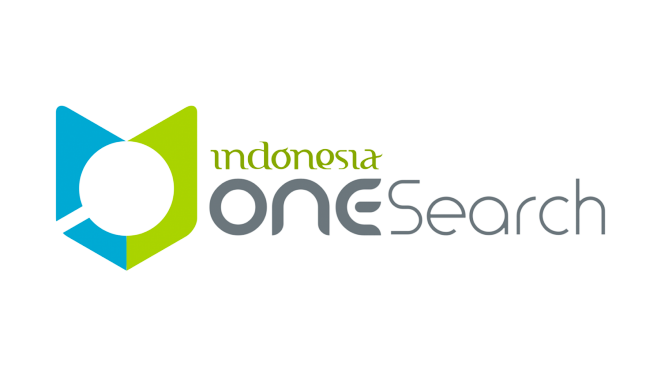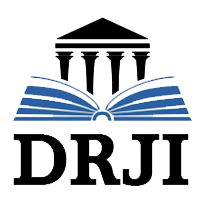Multi-Criteria Decision Analysis Using TOPSIS Method for Scholarship Recipients Selection: A Comprehensive Implementation Study
Sari
This study implemented the Technique for Order of Preference by Similarity to Ideal Solution (TOPSIS) method to select scholarship recipients from eight candidates studied. The selection process considers four main relevant criteria, namely Cumulative Achievement Index (GPA), Parental Income, Non-Academic Achievement, and Number of Family Dependents. The weights for each criterion were 0.35 for GPA (benefit), 0.25 for Parental Income (cost), 0.20 for Non-Academic Achievement (benefit), and 0.20 for Number of Family Dependents (cost). The TOPSIS method is applied through several stages, starting from the normalization of the decision matrix and weighting, to the determination of positive and negative ideal solutions and the calculation of distance to obtain the relative proximity value. The results showed that the candidates with the highest relative proximity scores were the most recommended to receive the scholarship. The study provides a systematic and transparent framework in scholarship selection decision-making, which can help ensure fair and effective scholarship allocation.
Kata Kunci
Teks Lengkap:
Download PDFReferensi
R. R. Aliyyah, U. Rosyidi, dan R. Rugaiyah, “Higher Education Scholarship: Gate To Develop Educational Human Resource Quality,” International Journal for Educational and Vocational Studies, vol. 1, no. 4, hlm. 349–358, Agu 2019, doi: 10.29103/ijevs.v1i4.1501.
A. Setiabudi, Muchlis. R. Luddin, dan Y. Rahmawati, “Human Resources Development via Higher Education Scholarships: A Case Study of a Ministry of Public Works and Housing Scholarship Program,” International e-Journal of Educational Studies, vol. 4, no. 8, hlm. 209–223, Okt 2020, doi: 10.31458/iejes.769490.
A. Mardani, A. Jusoh, K. M. D. Nor, Z. Khalifah, N. Zakwan, dan A. Valipour, “Multiple criteria decision-making techniques and their applications - A review of the literature from 2000 to 2014,” Economic Research-Ekonomska Istrazivanja, vol. 28, no. 1, hlm. 516–571, Sep 2015, doi: 10.1080/1331677X.2015.1075139.
H. Taherdoost dan M. Madanchian, “Multi-Criteria Decision Making (MCDM) Methods and Concepts,” Encyclopedia, vol. 3, no. 1, hlm. 77–87, Jan 2023, doi: 10.3390/encyclopedia3010006.
M. Madanchian dan H. Taherdoost, “A Comprehensive Guide to the TOPSIS Method for Multi-Criteria Decision Making,” Sustainable Social Development, vol. 1, no. 1, hlm. 1, Agu 2023, doi: 10.54517/ssd.v1i1.2220.
N. Kaya, “MULTI-CRITERIA DECISION-MAKING METHODS (MCDM): A BIBLIOMETRIC ANALYSIS (1974-2024),” Journal of Business, Economics and Finance, vol. 13, no. 2, hlm. 55–67, Des 2024, doi: 10.17261/Pressacademia.2024.1940.
H.-S. Shih, “TOPSIS Basics,” dalam TOPSIS and its Extensions: A Distance-Based MCDM Approach, H.-S. Shih dan D. L. Olson, Ed., Cham: Springer International Publishing, 2022, hlm. 17–31. doi: 10.1007/978-3-031-09577-1_2.
S. Chakraborty, “TOPSIS and Modified TOPSIS: A Comparative Analysis,” Decision Analytics Journal, vol. 2, hlm. 100021, Mar 2022, doi: 10.1016/J.DAJOUR.2021.100021.
T. Radillah, “Analisis Perhitungan Metode Topsis Dalam Menyeleksi Beasiswa Berprestasi Pada Sman 2 MANDAU,” Jurnal Informatika, Manajemen dan Komputer, vol. 14, no. 1, hlm. 49–55, Mei 2022.
DOI: https://doi.org/10.24176/sitech.v8i1.15069
Refbacks
- Saat ini tidak ada refbacks.











